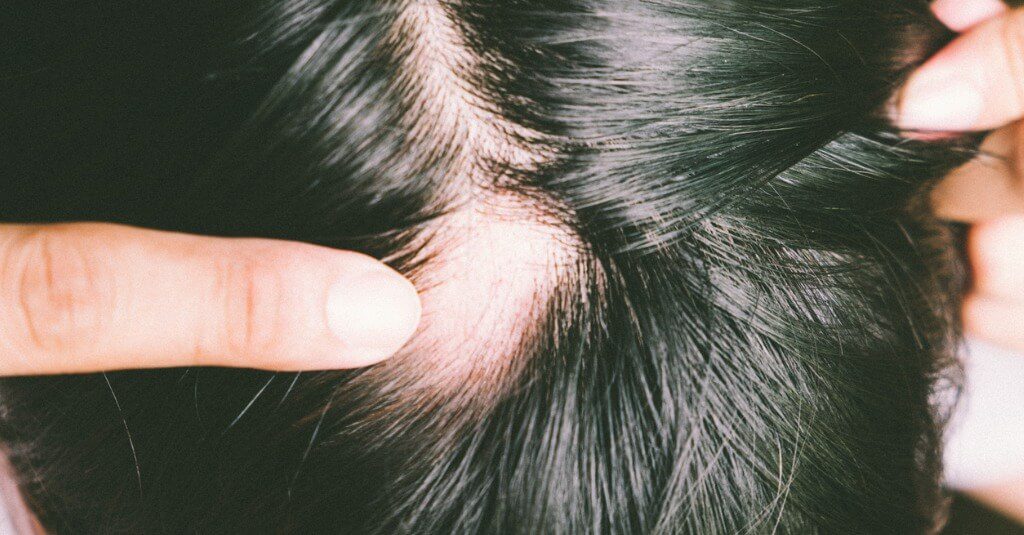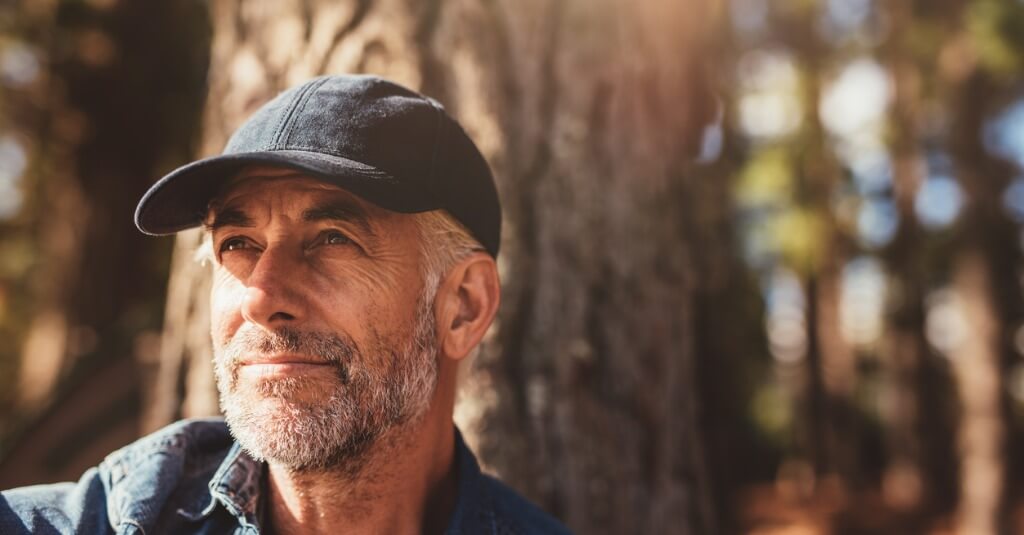What is Alopecia?

Alopecia refers to a group of autoimmune conditions that cause varying types of hair loss. People often begin to notice hair loss in their 30s, but it’s also common for onset to occur in the early 20s. It can be possible for hair to grow back after the onset of alopecia, depending on the type of hair loss.
Types of Alopecia
There are several types of alopecia that can cause varying types of hair loss and may require different treatment approaches.
Alopecia Areata
This type begins with small patches of hair loss on the scalp or body and can eventually lead to alopecia totalis or universalis.
Alopecia Totalis
This type causes total hair loss on the scalp.
Alopecia Universalis
This type causes total hair loss on the scalp, face, eyebrows, and eyelashes. Other body hair may or may not be lost.
Diffuse Alopecia Areata
This type is rare and causes sudden hair thinning uniformly across the whole scalp.
Ophiasis Alopecia
This type causes hair loss on the lower sides and back of the scalp.
Causes of Alopecia
Alopecia is an autoimmune condition that causes the immune system to attack hair follicles, which then become smaller and stop producing hair. The exact cause is unknown, but scientists believe there may be a genetic component to it, as it’s most commonly seen in families with a history of other autoimmune conditions such as arthritis and type 1 diabetes.
However, having a genetic predisposition does not guarantee that you will develop the condition. Environmental risk factors play a huge role, such as emotional stress and physical injury or illness. Studies show that stress can influence the onset, severity, and recurrence of alopecia.
Treatments for Alopecia
Positive lifestyle changes such as stress reduction, an anti-inflammatory diet, and regular exercise can encourage hair regrowth in some alopecia patients. Many people with alopecia benefit from therapy to help with the emotional challenges of hair loss. Hair loss can lead to low self-esteem, isolation, and depression, which triggers an inflammatory stress response in the body, potentially worsening the hair loss. Along with lifestyle changes, supplements and hair regrowth therapies can help to stimulate hair follicles after the onset of alopecia.
How LaserCap Works
Studies have shown significant positive results using Low-Level-Laser Therapy (LLLT) on the scalp to re-energize inactive hair follicles. This is done by a light and flexible cap lined with laser diodes, which shines monochromatic red laser light at a finely-tuned wavelength and intensity all across the scalp. When worn for 30 minutes a day, the LaserCap provides real results in 4-6 months after beginning treatment. The LaserCap is used by men and women seeking to regrow lost hair due to varying degrees of alopecia and has proven to be effective against both thinning and balding.
Contact Us
If you experience alopecia or hair loss and want to restore your hair, it’s important to talk to a doctor about FDA-cleared, clinically-proven treatments. LaserCap helps you find a doctor in your area that is experienced in using LLLT for hair regrowth, which is the safest and most effective treatment on the market. Get in touch with us today.



